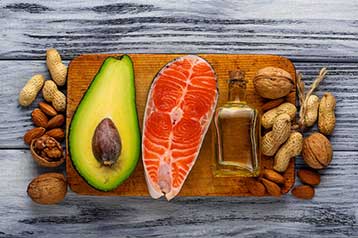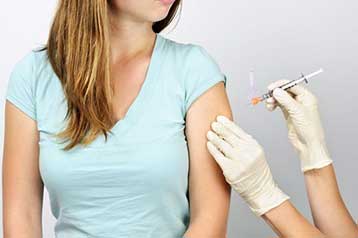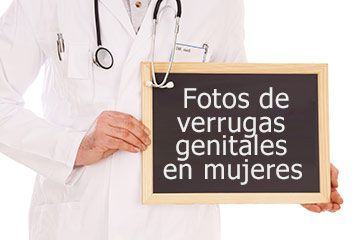Extreme Heat, Prevention Guide III
Hot Weather Health Emergencies
Even short periods of high temperatures can cause serious health problems.
During hot weather health emergencies, keep informed by listening to local weather and news channels or contact local health departments for health and safety updates.
Doing too much on a hot day, spending too much time in the sun or staying too long in an overheated place can cause heat-related illnesses.
Know the symptoms of heat disorders and overexposure to the sun, and be ready to give first aid treatment.
Heat Stroke
Heat stroke occurs when the body is unable to regulate its temperature.
The body's temperature rises rapidly, the sweating mechanism fails, and the body is unable to cool down.
Body temperature may rise to 106°F or higher within 10 to 15 minutes. Heat stroke can cause death or permanent disability if emergency treatment is not provided.
Recognizing Heat Stroke
Warning signs of heat stroke vary but may include the following:
- An extremely high body temperature (above 103°F, orally)
- Red, hot, and dry skin (no sweating)
- Rapid, strong pulse
- Throbbing headache
- Dizziness
- Nausea
- Confusion
- Unconsciousness
What to Do
If you see any of these signs, you may be dealing with a life-threatening emergency. Have someone call for immediate medical assistance while you begin cooling the victim. Do the following:
- Get the victim to a shady area.
- Cool the victim rapidly using whatever methods you can. For example, immerse the victim in a tub of cool water; place the person in a cool shower; spray the victim with cool water from a garden hose; sponge the person with cool water; or if the humidity is low, wrap the victim in a cool, wet sheet and fan him or her vigorously.
- Monitor body temperature, and continue cooling efforts until the body temperature drops to 101-102°F.
- If emergency medical personnel are delayed, call the hospital emergency room for further instructions.
- Do not give the victim fluids to drink.
- Get medical assistance as soon as possible.
Sometimes a victim's muscles will begin to twitch uncontrollably as a result of heat stroke. If this happens, keep the victim from injuring himself, but do not place any object in the mouth and do not give fluids. If there is vomiting, make sure the airway remains open by turning the victim on his or her side.
Heat Exhaustion
Heat exhaustion is a milder form of heat-related illness that can develop after several days of exposure to high temperatures and inadequate or unbalanced replacement of fluids.
It is the body's response to an excessive loss of the water and salt contained in sweat.
Those most prone to heat exhaustion are elderly people, people with high blood pressure, and people working or exercising in a hot environment.
Recognizing Heat Exhaustion
Warning signs of heat exhaustion include the following:
- Heavy sweating
- Paleness
- Muscle cramps
- Tiredness
- Weakness
- Dizziness
- Headache
- Nausea or vomiting
- Fainting
The skin may be cool and moist. The victim's pulse rate will be fast and weak, and breathing will be fast and shallow.
If heat exhaustion is untreated, it may progress to heat stroke. Seek medical attention immediately if any of the following occurs:
- Symptoms are severe
- The victim has heart problems or high blood pressure
Otherwise, help the victim to cool off, and seek medical attention if symptoms worsen or last longer than 1 hour.
What to Do
Cooling measures that may be effective include the following:
- Cool, nonalcoholic beverages
- Rest
- Cool shower, bath, or sponge bath
- An air-conditioned environment
- Lightweight clothing
Heat Cramps
Heat cramps usually affect people who sweat a lot during strenuous activity. This sweating depletes the body's salt and moisture.
The low salt level in the muscles may be the cause of heat cramps. Heat cramps may also be a symptom of heat exhaustion.
Recognizing Heat Cramps
Heat cramps are muscle pains or spasms—usually in the abdomen, arms, or legs—that may occur in association with strenuous activity.
If you have heart problems or are on a low-sodium diet, get medical attention for heat cramps.
What to Do
If medical attention is not necessary, take these steps:
- Stop all activity, and sit quietly in a cool place.
- Drink clear juice or a sports beverage.
- Do not return to strenuous activity for a few hours after the cramps subside, because further exertion may lead to heat exhaustion or heat stroke.
- Seek medical attention for heat cramps if they do not subside in 1 hour.
Sunburn
Sunburn should be avoided because it damages the skin. Although the discomfort is usually minor and healing often occurs in about a week, a more severe sunburn may require medical attention.
Recognizing Sunburn
Symptoms of sunburn are well known: the skin becomes red, painful, and abnormally warm after sun exposure.
What to Do
Consult a doctor if the sunburn affects an infant younger than 1 year of age or if these symptoms are present:
- Fever
- Fluid-filled blisters
- Severe pain
Also, remember these tips when treating sunburn:
- Avoid repeated sun exposure.
- Apply cold compresses or immerse the sunburned area in cool water.
- Apply moisturizing lotion to affected areas. Do not use salve, butter, or ointment.
- Do not break blisters.
Heat Rash
Heat rash is a skin irritation caused by excessive sweating during hot, humid weather. It can occur at any age but is most common in young children.
Recognizing Heat Rash
Heat rash looks like a red cluster of pimples or small blisters. It is more likely to occur on the neck and upper chest, in the groin, under the breasts, and in elbow creases.
What to Do
The best treatment for heat rash is to provide a cooler, less humid environment. Keep the affected area dry. Dusting powder may be used to increase comfort.
Treating heat rash is simple and usually does not require medical assistance. Other heat-related problems can be much more severe.
Related Topics
Extreme Heat
-
Exposure to Extreme Heat
-
Extreme Heat Prevention I
-
Extreme Heat Prevention II
-
Extreme Heat Prevention III
-
Preventing Heat Related Illness
-
Heat Stress in the Elderly
Español
-
El Calor Extremo y La Salud
-
Efectos del Calor Sobre la Salud
-
Calor Extremo: Primeros Auxilios
-
Estres por Calor en Adultos Mayores
-
Golpe de Calor e Insolación Tratamiento
-
Protección Solar: Cuide su Piel
-
Proteja los Ojos del Sol
-
Protector Solar para su Piel
-
Salud y Ambiente
.
Autor: Dr. Carlos Muñoz Retana
Actualizado: 11 de Febrero, 2019






